| Structure | Name/CAS No. | Articles |
|---|---|---|
 |
Ethanol
CAS:64-17-5 |
|
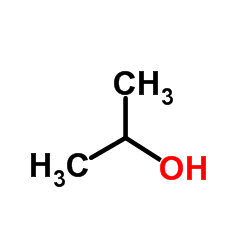 |
Isopropanol
CAS:67-63-0 |
|
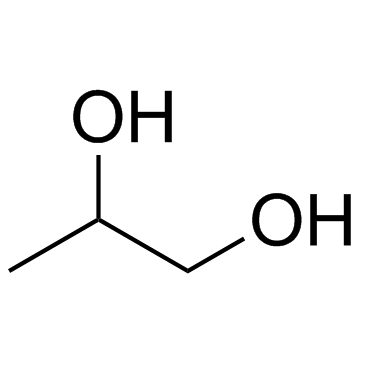 |
Propylene Glycol
CAS:57-55-6 |
|
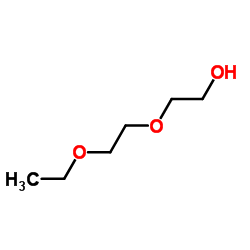 |
2-(2-Ethoxyethoxy)ethanol
CAS:111-90-0 |
|
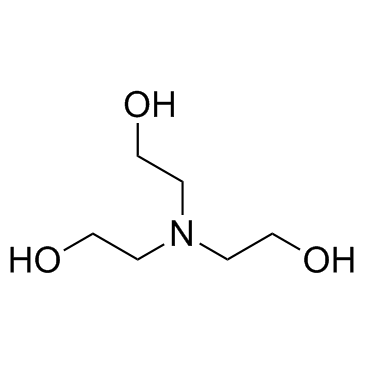 |
Triethanolamine
CAS:102-71-6 |
|
 |
Monoolein
CAS:111-03-5 |
|
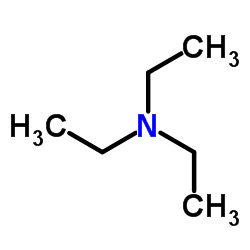 |
Triethylamine
CAS:121-44-8 |
|
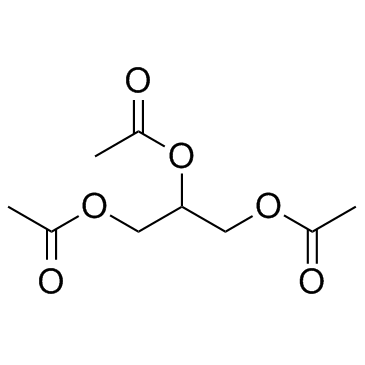 |
Triacetin
CAS:102-76-1 |
|
 |
1,3-Propanediol
CAS:504-63-2 |